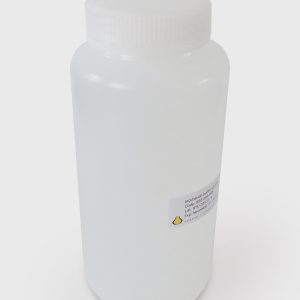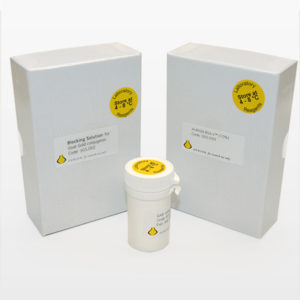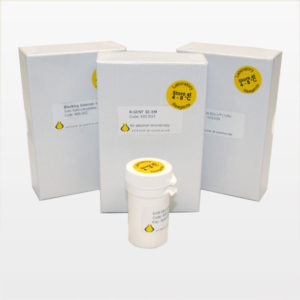✔ Serves research needs
✔ Products with scientific potential
✔ Step-by-step support
Signal-to-noise immuno-enzymatic, often referred to as SNIE, is a vital technique in the realm of molecular biology and cellular research. This method plays a pivotal role in the precise detection of biomolecules within a sample, providing researchers with valuable insights into cellular processes.
More information about signal-to-noise immuno-enzymatic
If you have any questions about our products you can go to our page dedicated to your questions.
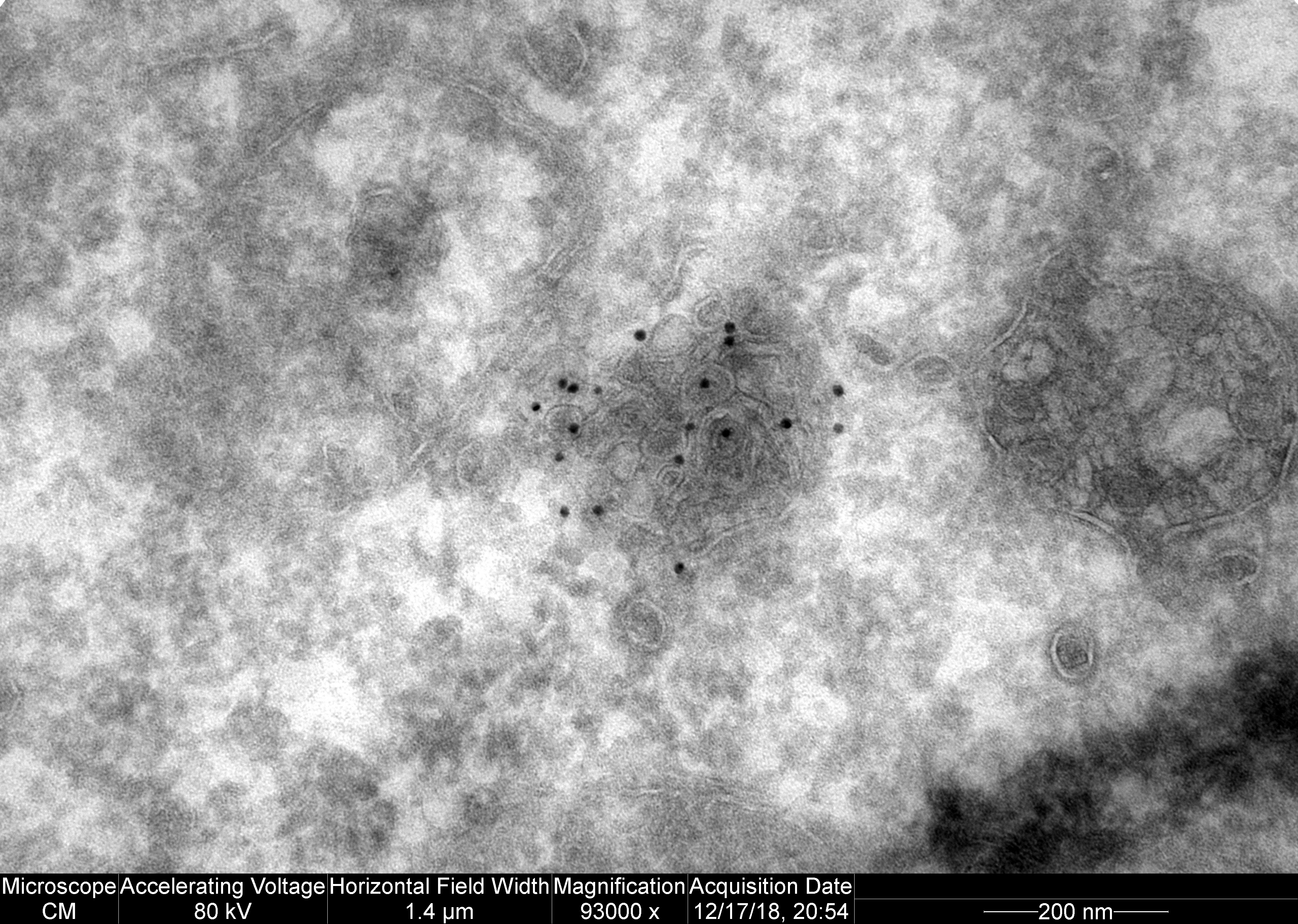
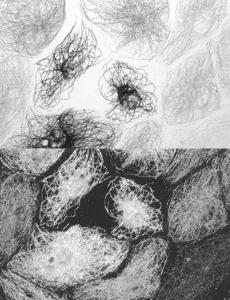
Deciphering signal-to-noise immuno-enzymatic
Signal-to-noise immuno-enzymatic techniques involve the use of antibodies and enzymes to detect specific molecules within a sample. The “signal” represents the targeted molecule of interest, while the “noise” pertains to any unwanted background interference. This technique is widely employed in fields like immunology and microbiology to identify and quantify antigens, antibodies, and other biomolecules. Achieving accurate and reliable results in your research is essential, and SNIE techniques offer several advantages to researchers:
- High Sensitivity: SNIE is known for its exceptional sensitivity, allowing the detection of even trace amounts of target molecules. This is particularly beneficial when working with limited samples or low-concentration analytes.
- Quantitative Analysis: Researchers can obtain quantitative data, making it easier to compare results across different experiments and draw meaningful conclusions.
- Versatility: SNIE can be adapted to various laboratory applications, from clinical diagnostics to environmental monitoring. Its versatility makes it a valuable tool for researchers in diverse fields.
- Minimal Background Noise: With the right laboratory supplies and reagents, you can minimize background noise, ensuring that your results are as accurate as possible.
Order your SNIE essentials
To unlock the full potential of signal-to-noise immuno-enzymatic techniques, you need reliable lab chemicals. Our company understands the critical role these lab supplies play in your research. Our comprehensive range of products, including immunogold labeling and signal to noise immunogold reagents, is designed to meet the exacting standards of today’s laboratories.

